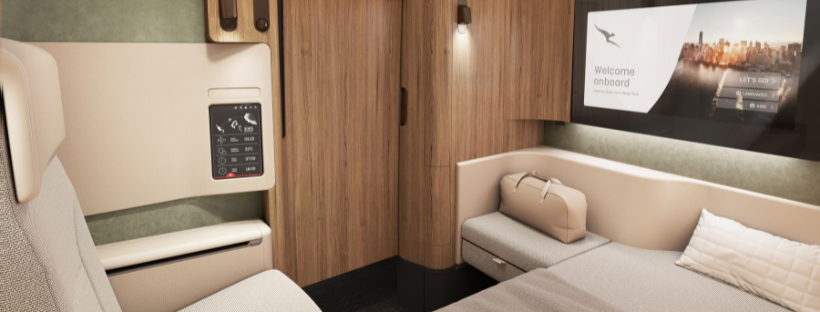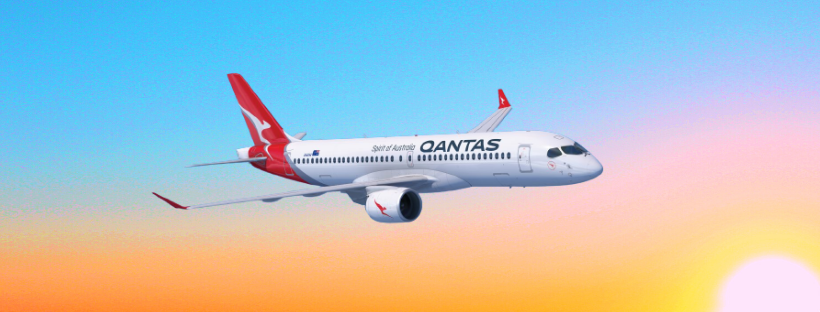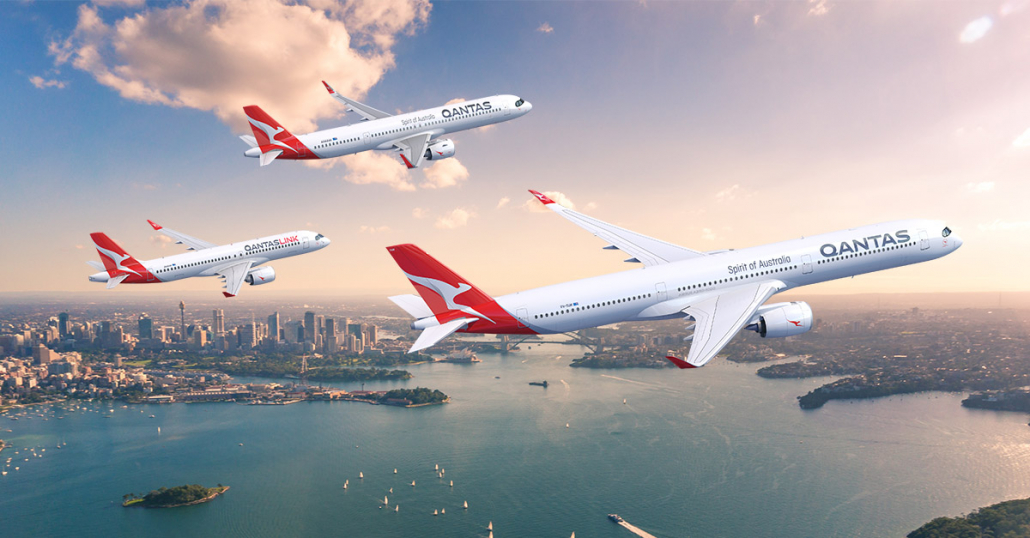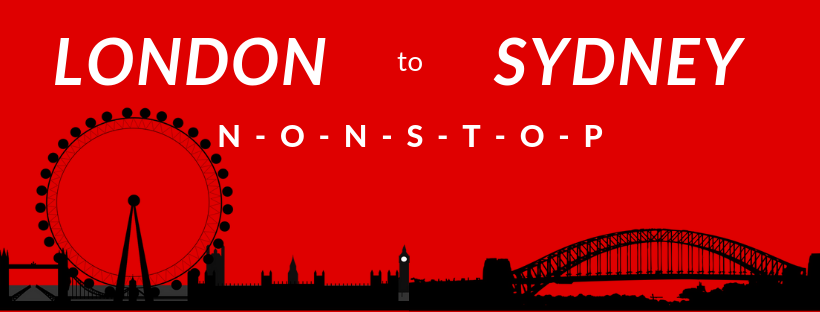Qantas unveils ‘Project Sunrise’ First and Business class cabins for A350s
Qantas has unveiled prototypes of the First and Business cabins on the aircraft that will fly passengers non-stop from Australia to London and New York from late 2025.
Designed with ultra-long haul travel in mind, the flagship cabins are the first to be developed from the ground up by a mix of aviation specialists, as well as Australian industrial design studio Caon Design, and a multidisciplinary team of scientists from the University of Sydney’s Charles Perkins Centre including sleep scientists.
Key to the cabin design has been giving passengers more space, made possible by Qantas’ decision to configure its 12 Airbus A350s to seat 238 passengers compared to the 300-plus seat layout specified by other carriers.
Qantas Group CEO Alan Joyce said the investment in new A350 aircraft and approach to cabin design continues Qantas’ 100-year history of aviation ‘firsts’.
Qantas has been the leader in opening up new long-haul flights for most of our history, and we’re bringing everything we’ve learned, both technically and in terms of passenger comfort, to Project Sunrise flying. We think our A350 cabins have the most sophisticated and thoughtful design of any airline, combining cutting edge technology with sleep research to shape the look and feel for what is effectively a new era of travel. We’re building on the customer experience of our extremely popular non-stop flights from Perth to London as we keep working to make it easier to connect Australia with the rest of the world.
The spacious First suite has a range of features to make customers feel like they are in a mini boutique hotel room complete with an extra-wide fixed bed, separate recliner chair, personal wardrobe, dining table for two and a 32” ultra-high definition TV.
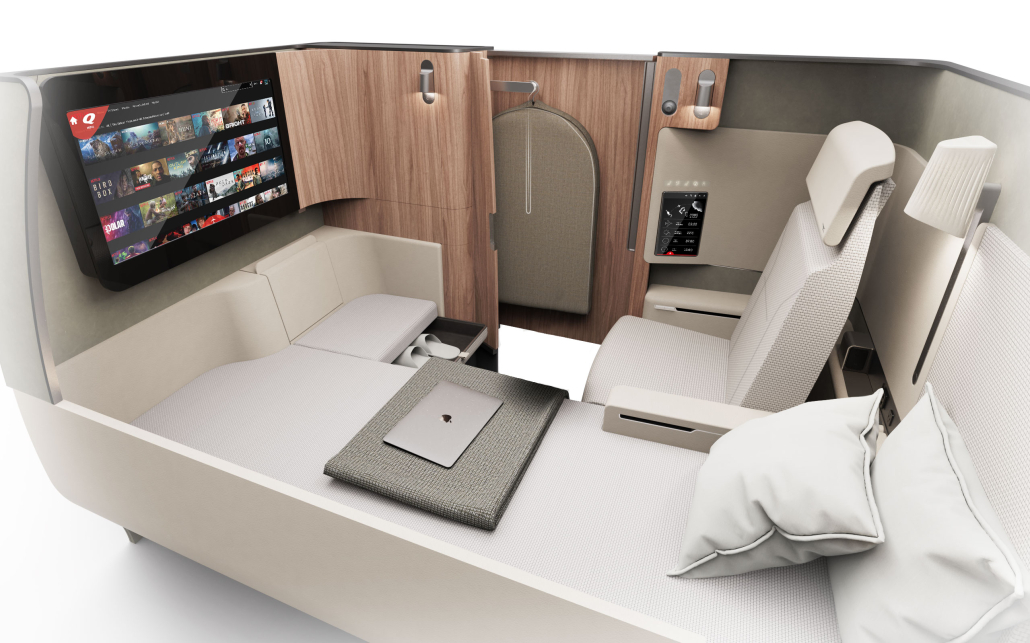
Every Business suite will have direct aisle access for ease of moving around the cabin, and Qantas is incorporating sliding doors into the suite for privacy, if desired.
Other Business features include a two metre flat bed, generous storage (including a large mirror), cushioned leather ottoman, 18” ultra-high definition touch screen TV, large dining table and feature lighting.
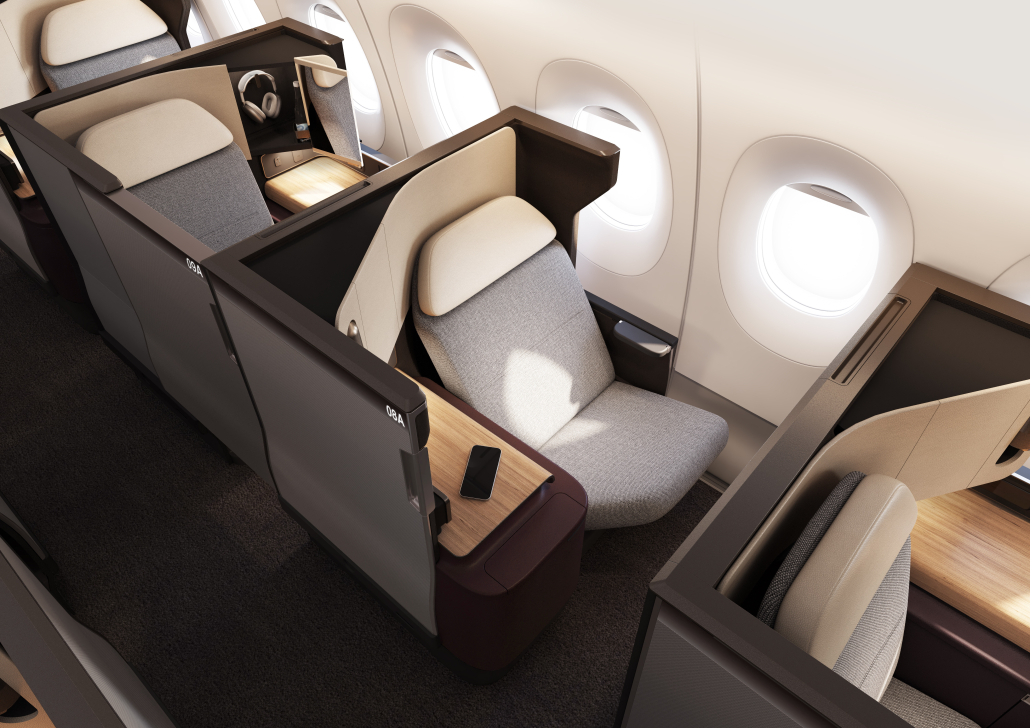
First and Business will also offer multiple personal device charging options including wireless induction charging.
The Qantas A350 will offer fast and free high-speed Wi-Fi with partner Viasat following completion of key satellite launches covering the Qantas international network.
The aircraft will also feature Bluetooth connectivity allowing all customers to connect their own Bluetooth-enabled headset to the in-flight entertainment system.
Australian designer David Caon said every possible opportunity has been seized upon to promote wellbeing and comfort in the First and Business suites.
We began designing this aircraft cabin five years ago, working with Airbus and Qantas to maximise space, as well as creating a tailored lighting program that will influence mood and sleep patterns.
All the design and service elements will work together to significantly improve inflight comfort, convenience and health and wellbeing and help minimise the old nemesis of jetlag.
Every element has been created for Qantas, from the reading light right down to the fabrics, to ensure that passengers spend their journey in refined comfort.
There are also a number of storage design elements to keep personal items within arm’s reach so the space can be personalised by each individual passenger to feel just like they are in their own bed at home.
The Qantas A350 will have six First suites in a 1-1-1 configuration and 52 Business Suites in a 1-2-1 configuration.
It will also feature a Wellbeing Zone for all passengers, which will be unveiled alongside the Premium Economy and Economy cabins in the coming months.

